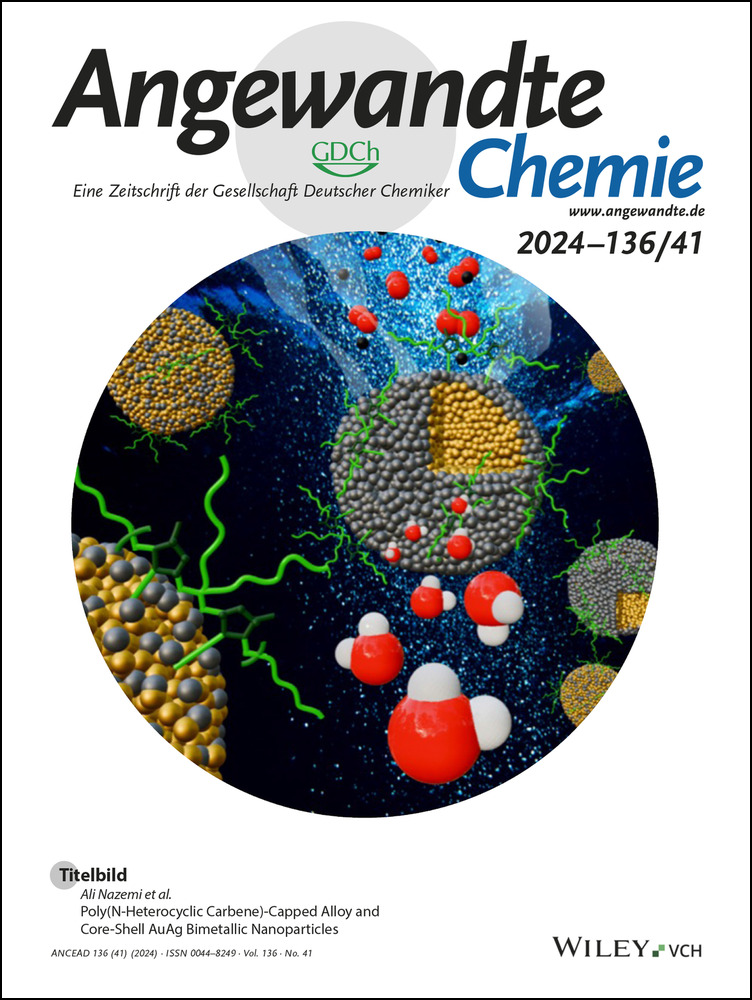Light-Activated Nanocatalyst for Precise In-Situ Antimicrobial Synthesis via Photoredox-Catalytic Click Reaction
Abstract
The excessive and prolonged use of antibiotics contributes to the emergence of drug-resistant S. aureus strains and potential dysbacteriosis-related diseases, necessitating the exploration of alternative therapeutic approaches. Herein, we present a light-activated nanocatalyst for synthesizing in situ antimicrobials through photoredox-catalytic click reaction, achieving precise, site-directed elimination of S. aureus skin infections. Methylene blue (MB), a commercially available photosensitizer, was encapsulated within the CuII-based metal–organic framework, MOF-199, and further enveloped with Pluronic F-127 to create the light-responsive nanocatalyst MB@PMOF. Upon exposure to red light, MB participates in a photoredox-catalytic cycle, driven by the 1,3,5-benzenetricarboxylic carboxylate salts (BTC−) ligand presented in the structure of MOF-199. This light-activated MB then catalyzes the reduction of CuII to CuI through a single-electron transfer (SET) process, efficiently initiating the click reaction to form active antimicrobial agents under physiological conditions. Both in vitro and in vivo results demonstrated the effectiveness of MB@PMOF-catalyzed drug synthesis in inhibiting S. aureus, including their methicillin-resistant strains, thereby accelerating skin healing in severe bacterial infections. This study introduces a novel design paradigm for controlled, on-site drug synthesis, offering a promising alternative to realize precise treatment of bacterial infections without undesirable side effects.
Conflict of Interests
The authors declare no conflict of interest.
Open Research
Data Availability Statement
The data that support the findings of this study are available from the corresponding author upon reasonable request.




